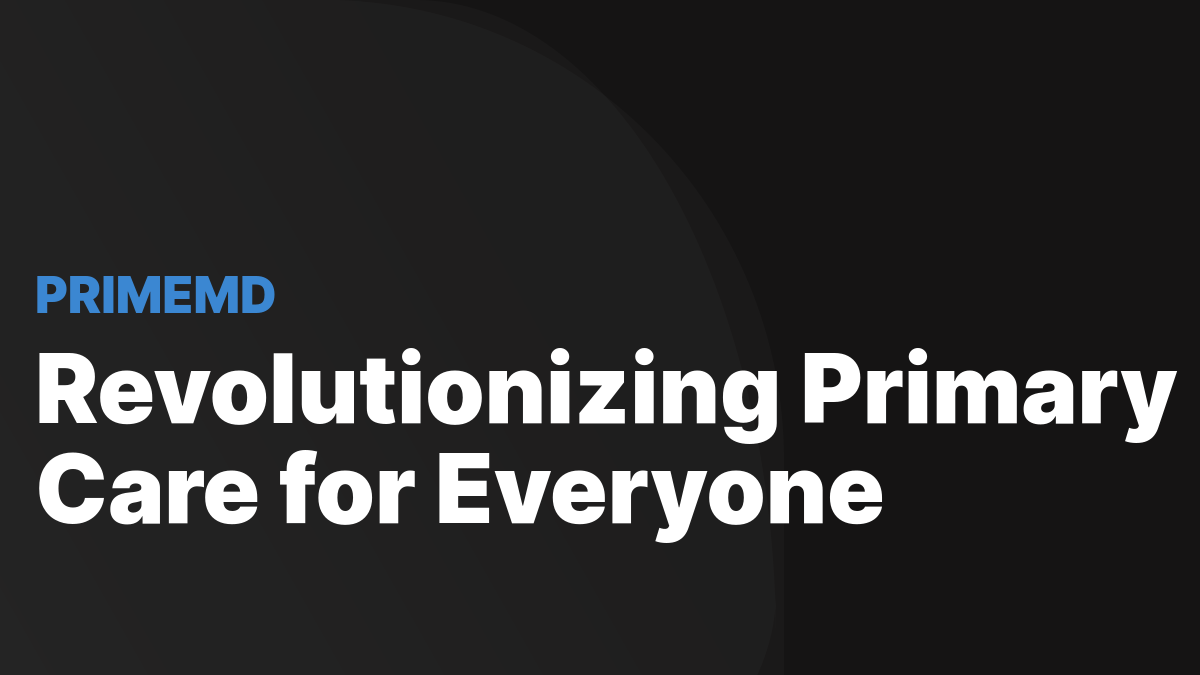
Immortal time bias - Catalog of Bias
A distortion that modifies an association between an exposure and an outcome, caused when a cohort study is designed so that follow-up includes a period of time where participants in the exposed group cannot experience the outcome and are essentially ‘immortal’.
‘Immortal time’ is when participants of a cohort study cannot experience the outcome during some period of follow-up time. When immortal time is misclassified or excluded during analysis, immortal time bias leads to a biased association. This usually happens when researchers assign participants to treated or exposed groups by using information that is observed after the participant enters the study (after time-zero). This is common in pharmacoepidemiological studies where there is a delay in classifying participants as ‘treated’ until they fill their first prescription some time after entering the study. Because these participants must have survived (be alive or event-free) the time between entering the cohort and filling their first prescription, they are considered ‘immortal’ and contribute ‘immortal time’ to the treated group by design. Bias is introduced when this period of ‘immortality’ is misclassified or excluded during analysis, resulting in a distortion of observed effects in favour of the treatment (or exposure) under study by conferring a spurious survival advantage to the treated (or exposed) group (Figure 1).
The earliest example of immortal time bias was recorded in 1972 by Gail in a study of heart transplantation.[ 1] Later, Suissa (2007) reviewed a selection of 20 examples in pharmacoepidemiology and more examples have surfaced since.[ 2]




















